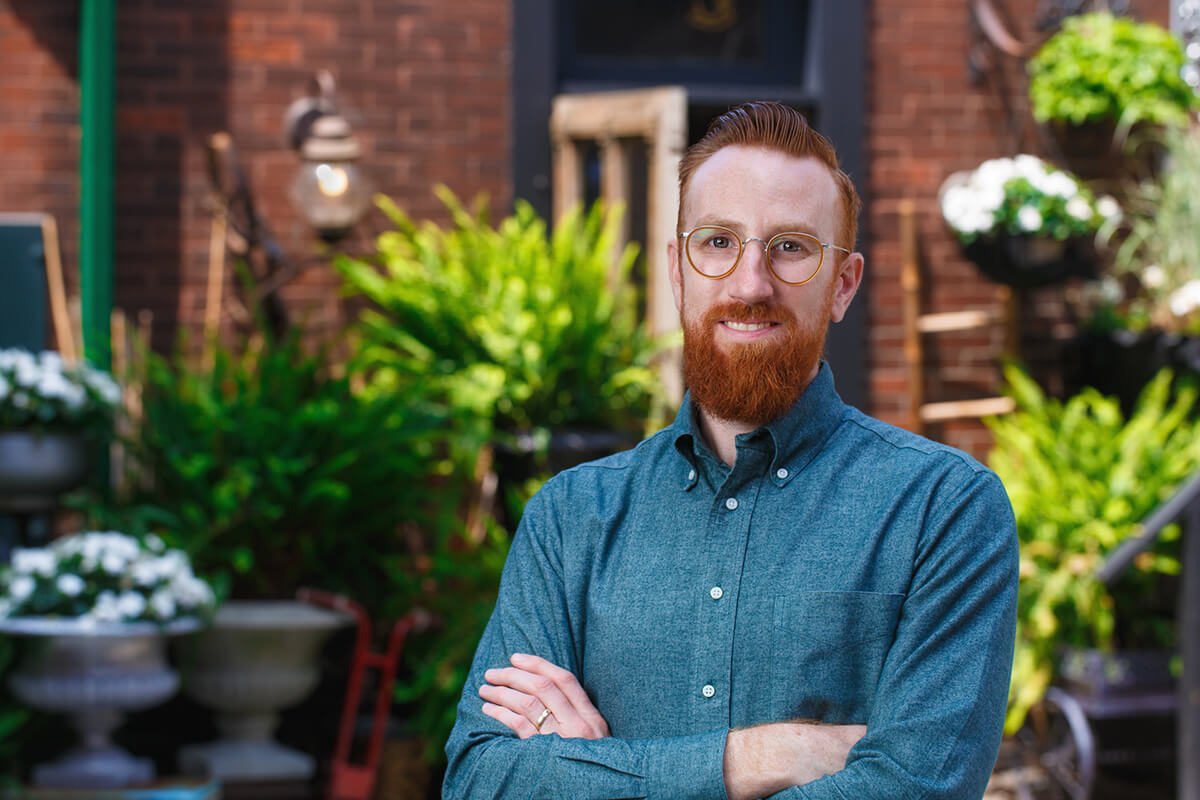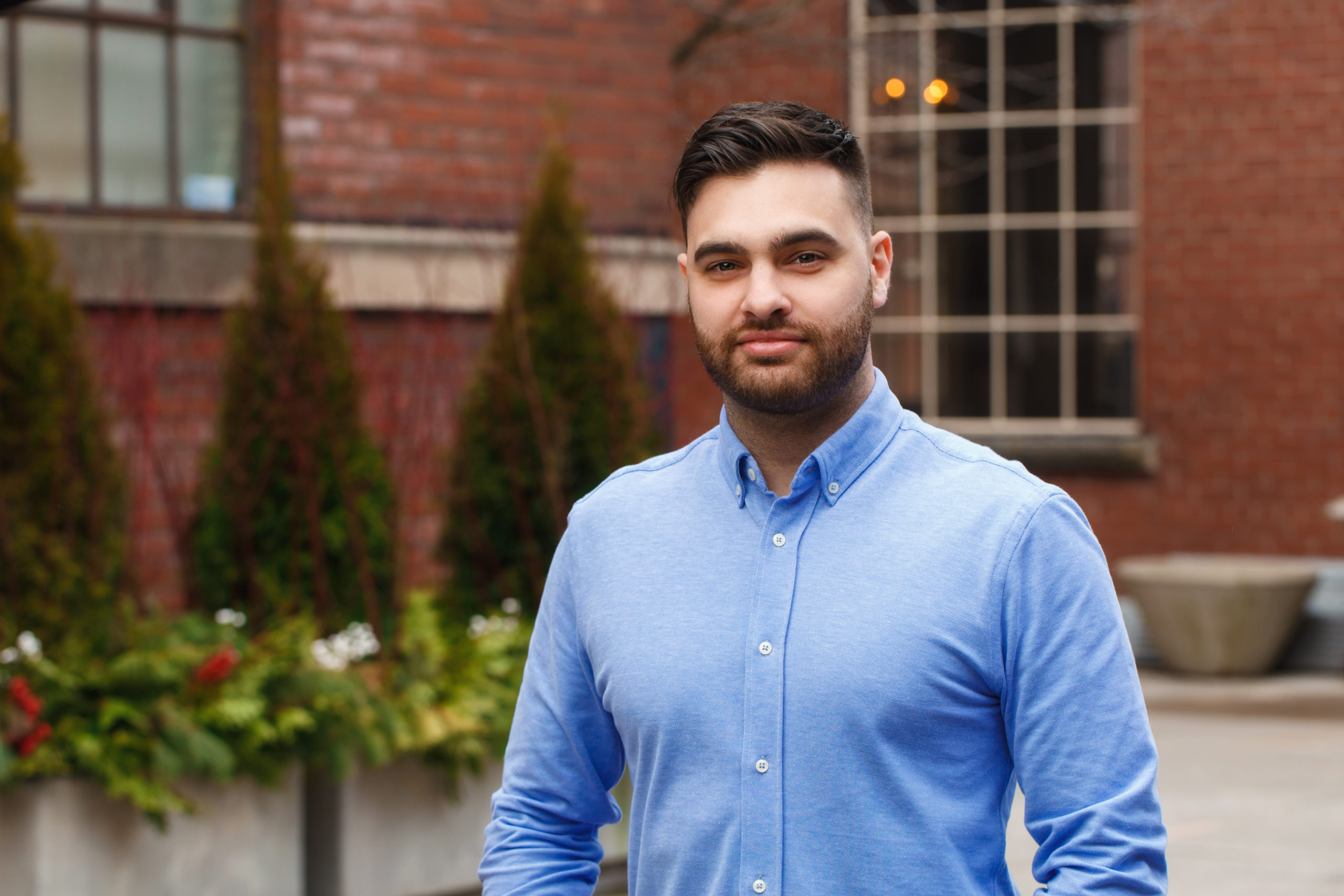
Co-creating health equity with the Community Health Access Toolkit
Problem
The pandemic has revealed long-standing gaps and vulnerabilities in health equity, access, and public health infrastructure. In partnership with CommuniVax, we were interested in how we could engage communities in conversations on how to sustain and build more equitable and accessible health systems.
Solution
We developed the CommuniVax CHAT (Community Health Access Toolkit), a step-by-step guide for designing and facilitating a collaborative workshop intended to convene local community leaders and help communities extend the gains in health equity and access as a result of community-led responses to the COVID-19 crisis.
Impact
Our first use-case with hyperlocal community members (barbershops and salons in Baltimore, Maryland) allowed community leaders to co-create their own solutions, resulting in higher vaccine confidence among all members. The resulting journey map and outputs helped to identify actionable priority areas to pursue for community leaders.
Author

- Tim MacLeod
- Senior Advisor

- Daniel Ribau
- Manager, Marketing
Client
- CommuniVax
Offerings
Uncovering an emerging opportunity for healthcare access
Amidst the pandemic, Bridgeable worked with CommuniVax and the Maryland Center for Health Equity (MCHE) on a project that sought to boost vaccine access and confidence among Black and Latinx communities in the US.
We set out to support CommuniVax by developing a series of workshops that would be easily adaptable and facilitated by CommuniVax teams and community leaders. The initial purpose of the workshops was to engage local communities in generating solutions to support vaccine readiness and access.
Though, with the unpredictable nature of the pandemic and the ever-changing healthcare climate, we adapted our approach and accelerated our plan given the rapidly changing needs of communities. The emerging opportunity wasn’t about vaccine campaigns at all, but rather, how to sustain public health infrastructure. The COVID-19 vaccine campaign had brought a flood of attention and resources to Prince Georges County, MD. New healthcare avenues emerged through both new and existing infrastructure. With the additional funding brought on by the vaccine campaign, the question quickly became: “How can we sustain the innovative community health infrastructure that was stood up as a result of COVID-19?”
Drivers to community engagement
We began building a community engagement workshop to convene diverse stakeholders in identifying strategies to carry forward positive gains in health equity and community planning.
Three key influencers drove an emphasis on the importance of community engagement:
- There is strong evidence that social determinants have significant influence on health outcomes. We can’t talk about health outcomes at a population level without talking about equity.
- CommuniVax research has demonstrated that hyperlocal responses to the pandemic result in better health outcomes.
- There is an opportunity to harness the power of hyperlocal responses to the pandemic in order to build more effective, accessible, and equitable health systems.
When thinking about community engagement, the goal is to build meaningful, ongoing relationships to achieve a collective vision. With that in mind, the questions become: How do communities come together quickly to align on what the most significant problems are? How should they respond? And, where should they marshall resources? This human-centric approach to community engagement allows systems to be built around the needs of the people they’re intended to serve.
The Community Health Access Toolkit (CHAT) was born
The CommuniVax CHAT toolkit is intended to help communities extend the gains in health equity and access that have emerged as a result of community-led responses to the COVID-19 crisis by providing a step-by-step guide for convening, designing, and facilitating a collaborative workshop.
We embraced human-centred design principles to make the workshops accessible, engaging, and easy-to-run by:
- Examining the health challenge as a “patient journey” to confirm barriers to healthcare at the community level.
- Prioritizing the best community-led initiatives that help bridge the gaps in health equity.
- Identifying strategies to sustain gains.
- Designing materials as customizable working drafts so communities can input their own data and adapt to their context.
The Bridgeable methodology is so helpful, because the barbers and stylists can be co-creators of their own solutions.
- Dr. Stephen B. Thomas
From initiation to final share out
The toolkit was developed to be utilized in four stages: Initiate, Design, Facilitate, and Share. The process below outlines and provides guidance on the toolkit’s intended use.
Stage 1, Initiate: Setting workshop goals

The first stage in utilizing the workshop toolkit requires alignment on critical questions that will prepare facilitators and stakeholders for a smooth and successful workshop.
Who is this workshop for?
Participants want to know that what they say matters. Ensure that somebody is on the receiving end of the workshop that is going to act on the insights. Ideally, this person is deeply connected in the planning stages and may even attend the workshop itself.
Who is convening the workshop?
We recommend that the workshop be prepared and planned by an organization or individual, who has the ability to bring decision-makers and community members together. If your team is early in your community engagement relationship, use the workshop to accelerate the relationship.
What does success look like?
Consider and plan for how you might share your workshop outputs, whether it is through a town hall, a follow-up workshop, or visualized as an illustration or short video.
Stage 2, Design: Leverage templates to help with designing the workshop

The second stage is preparing the workshop with these questions in mind, leveraging personas and journey maps throughout.
Create personas
Personas help us to empathize with the people who will be impacted by or benefit from the gains in community health that you’re trying to validate. They give us a “person” to relate with and co-create solutions for and helps prevent generalizing all community members into one type.
Identify barriers & initiatives
Identify things that prevent and help community members access and use health resources based on your research. The first halves of Activity 1 and 2 in the workshop focus on confirming them and adding any that are missing from the journey map.
Create journey maps
Journey maps help give context to a community health challenge. Outlining these steps helps us to think systematically about our community’s experiences and uncover more opportunities for improving the specific touchpoints along the journey.
Stage 3, Facilitate: Leverage guides to help with facilitating the workshop

Prior to facilitation, determine facilitation roles and leverage the templates provided in the Community Health Access Toolkit to maximize the success of your workshop.
Determine key roles and responsibilities
Establish roles a week prior to the workshop so that everyone has a chance to practice and dry-run their roles prior to the event.
Leverage assets to help you facilitate
We provided a session deck and facilitation guide template that you can use to conduct your workshop.
The session deck is used to welcome participants, introduce the workshop objectives and itinerary, and establish housekeeping and ground rules prior to starting activities.
The facilitation guide is a detailed breakdown of how every minute of your workshop should be spent to maximize success.
Stage 4, Share: Leverage resources to help with sharing the outputs

Transcribe all of your outputs, synthesize your data, and re-engage your workshop participants to continue growing your relationship.
Synthesize for your audience
Transcribe and synthesize your data into themes. create a summary document and share it with participants with opportunities to re-engage. Consider who your audience is and how they would benefit from your outputs.
Re-engage your participants
Provide participants with a sense of accomplishment and engage in an ongoing fashion to build trust in your community for future workshops. This can look like a follow-up email, a thank you note, feedback survey, or re-recruiting participants in further rounds of prototyping and validation.
The toolkit allows us to bring everyone to the table. It provides an opportunity for people's voices to be heard and have communal, versus top-down, planning.
- Dr. Emily K. Brunson
Community Health Access Toolkit in Action
Our first use-case with hyperlocal communities allowed leaders to co-create their own solutions, resulting in higher vaccine confidence among all members. The CommuniVax team identified barbers and stylists as allies in health equity with a strong desire to improve the healthcare services and overall well-being of their neighbourhoods. These communities held some of the lowest vaccination rates in Baltimore.
These barbershops and salons within Maryland H.A.I.R. (Health Advocates in Reach and Research) and Maryland Barbers and Stylists United for Health were engaged as avenues for reliable information sharing, given their position as long-standing and trusted social environments. With the Community Health Access Toolkit, these very same barbershops and hair salons were able to humanize delivery and communication strategies for COVID-19 vaccines.
Access the toolkit.
CommuniVax is a national coalition of social scientists, public health experts, and community advocates who seek to strengthen the community’s role in an equitable COVID-19 vaccination campaign.
References
1 — CommuniVax